June 17, 2025 | 07:47 GMT +7
June 17, 2025 | 07:47 GMT +7
Hotline: 0913.378.918
June 17, 2025 | 07:47 GMT +7
Hotline: 0913.378.918
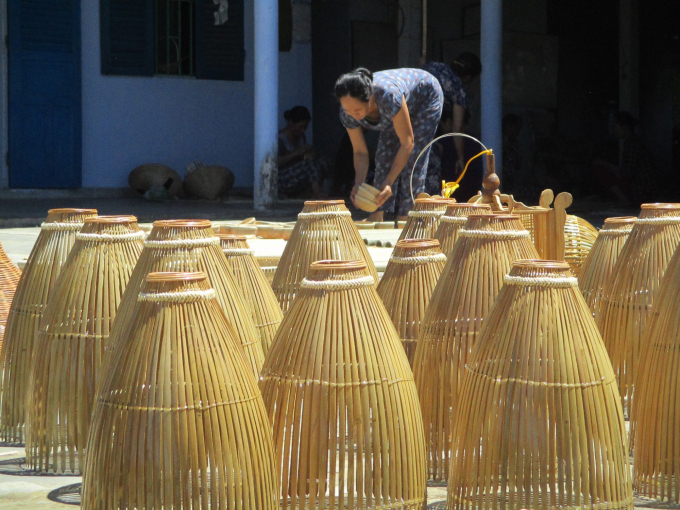
Vietnam has around 900 bamboo and rattan craft villages. Photo: LK.
The Ministry of Agriculture and Rural Development and the United States Agency for International Development (USAID) in collaboration with Quang Nam Provincial People's Committee held a workshop on "Building sustainable bamboo and rattan raw material source, contributing to the development of rural occupations in Vietnam” on August 10 in Hoi An city, Quang Nam province.
According to the Ministry of Agriculture and Rural Development, Vietnam currently has 893 bamboo and rattan craft villages (these are villages with over 30% of laborers engaged in the production of bamboo and rattan products), including 647 bamboo and rattan craft villages as well as 246 sedge and water hyacinth craft villages. There are 342,000 rural workers engaged in the production of bamboo and rattan products.
Along with China, Indonesia and the Philippines, Vietnam is one of the largest bamboo and rattan exporting countries in the world. According to the General Department of Forestry, Vietnam's export of bamboo and rattan products reached 474 million USD in 2019. This is the product group with the highest value in the group of non-timber forest products.
Vietnamese bamboo and rattan products are mainly exported to EU countries (accounting for 31.44% of total export), the US market (accounting for 19.5%) and Japan (accounting for 9.3%). The US market brought in 128.76 million USD in 2019. Compared to the global export turnover of rattan and bamboo, Vietnamese bamboo and rattan market share accounted for 16%.
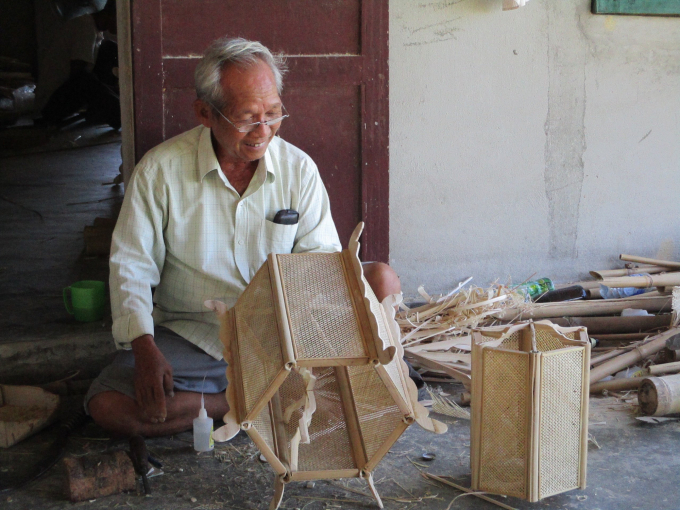
Vietnam's bamboo and rattan industry is facing many challenges, namely the problem of raw materials. Photo: LK.
According to Mr. Ho Quang Buu, Vice Chairman of Quang Nam Provincial People's Committee, the province is known as the center of rattan material area, with the largest rattan reserves in the country. Additionally, Quang Nam also has many facilities processing rattan materials and producing rattan handicrafts. Subsequently, Quang Namhas become the largest processing center for rattan materials to supply craft villages in Vietnam.
“However, with the consumption trend of global consumers, Quang Nam's rattan processing industry as well as Vietnam's bamboo and rattan processing industry in general are facing critical times, requiring appropriate changes to meet the requirements of the world market”, Mr. Buu said.
Accordingly, the risk factors for the development of raw materials for the bamboo and rattan industry are increasingly visible, such as the lack of reliable information on reserves so that appropriate policies for zoning and exploitation can be developed; lack of sustainable certified raw materials. There is limited investment and linkage among actors in the value chain.
In addition, bamboo and rattan materials are currently in serious decline. The labor force in craft villages is decreasing while the market demand is still substantial. Links between rattan, bamboo and leaf associations with other businesses as well as handicraft associations are weak; Trade promotion activities for the handicraft industry and the bamboo and rattan industry are still restricted and ineffective.
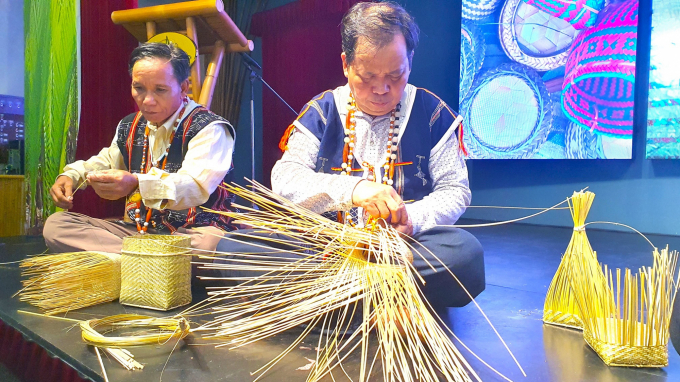
Vietnamese bamboo and rattan products see limited impact from science and technology, so the value is still low. Photo: LK.
Namely, importers are interested in standardized products (in terms of quality, society, environment, security and so on). Meanwhile, there are less than 20% of Vietnamese bamboo and rattan businesses that meet some standard conformity standards. This reduces the opportunity for businesses to expand their export markets.
Dr. Diep Thi My Hanh, Chairman of the Board of Directors of the Center for Research and Conservation of Natural Resources (Phu An Bamboo Craft Village), said that government policies are needed to sustainably develop the raw material area and meet the needs.
According to Ms. Hanh, for the Mekong Delta, it is possible to build raw material areas along the banks of canals and canals. In other areas, bamboo and rattan can be grown in bare land and barren hills. Therefor, not only can we obtain a large source of raw materials, but we can also protect the canals and land, create jobs for people, cover bare hills, and sell carbon credits.
“Moreover, in order to improve value and increase people's income, it is necessary to have the impact of science and technology in creating valuable and environmentally friendly products. For example, bamboo fibers can be used to make heat and sound insulation panels; Bamboo charcoal can be used to manufacture activated carbon. If we can achieve that, there will be no more trading of low-value, raw products like the present", said Ms. Hanh.

Deputy Minister of Agriculture and Rural Development Tran Thanh Nam said that in the immediate future, it is necessary to build a certified and sustainable bamboo and rattan material area, in association with industries and rural tourism. Photo: LK.
According to Deputy Minister of Agriculture and Rural Development Tran Thanh Nam, the country's bamboo area is currently estimated at 1.5 million hectares with approximately 6 billion trees, which has an annual yield of over 3 million tons; which is enough to provide for production and export. The Ministry of Agriculture and Rural Development's upcoming plan is to build certified raw material areas, ensure sustainable development, in association with industries and rural tourism; thereby improving the livelihoods of people in rural areas.
“Following the workshop, we will direct to focus on building material areas in each province and improve the quality of this material area; create links between cooperatives, people and businesses. Additionally, we will give practical solutions towards achieving the goal of raising the export turnover of handicrafts products by craft villages to 4 billion USD by 2025 and 6 billion USD by 2030, emphasized Mr. Tran Thanh Nam.
Through the Vietnam Forest and Biodiversity Conservation Project, the US Government and the Government of Vietnam have been implementing solutions for sustainable forest management, including the development of a sustainable non-timber forest product value chain, namely the bamboo and rattan value chain in five provinces: Son La, Hoa Binh, Thanh Hoa, Nghe An and Quang Nam.
This activity not only ensures a stable source of raw materials for bamboo and rattan craft villages and exporters, but also promotes livelihood, social and environmental benefits, especially reducing deforestation and increasing carbon sequestration from forests.
Translated by Nguyen Hai Long
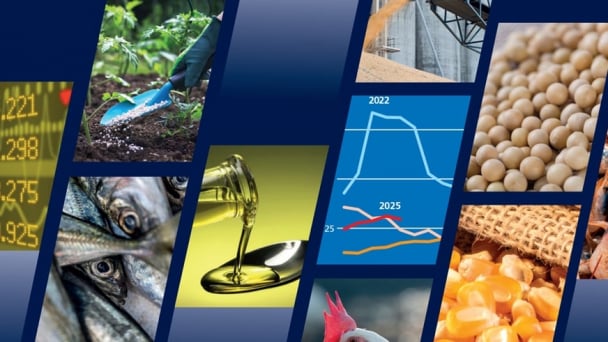
(VAN) Noting risks, report examines impacts of avian influenza, changing trade patterns since 2022, fish fraud, and shipping industry’s net-zero goals.
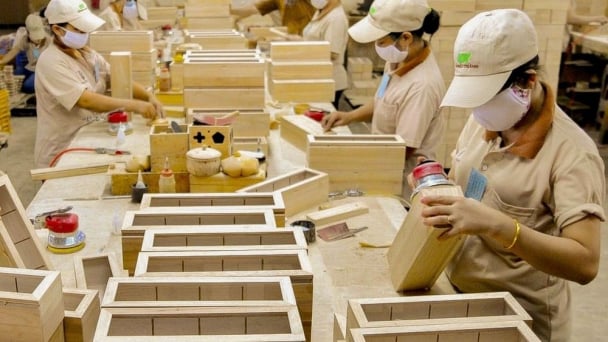
(VAN) Mr. Tran Quang Bao, General Director of the Forestry and Forest Protection Department, met and worked with the International Wood Products Association to promote cooperation in the field of timber trade.
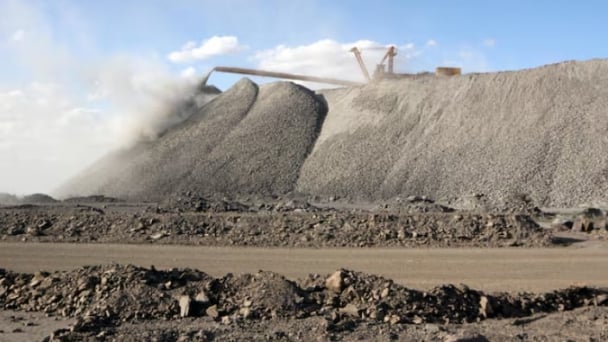
(VAN) China's outbound shipments of rare earths in May jumped 23% on the month to their highest in a year, though Beijing's export curbs on some of the critical minerals halted some overseas sales.
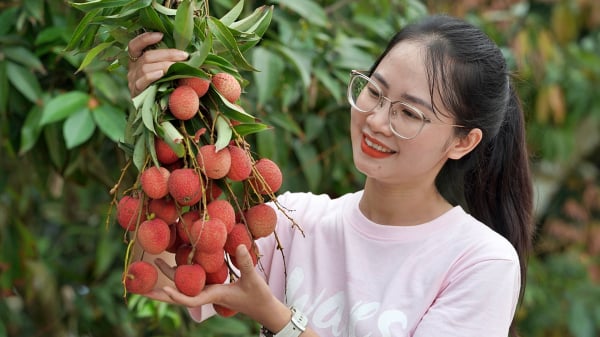
(VAN) To sustain capital flow, administrative reform alone is not enough; what farmers truly need is an ecosystem where both government and businesses grow together in support.
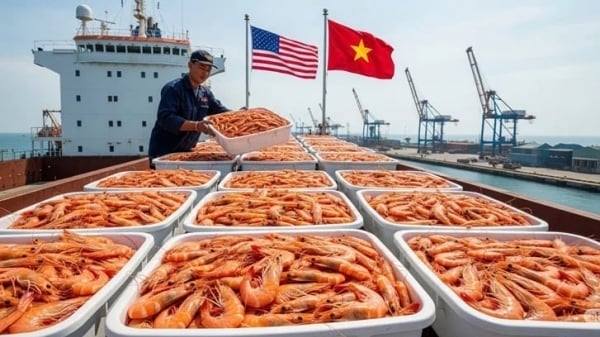
(VAN) Vietnam and the United States are proactively working together, each in their own way, to ensure that every container of agricultural goods carries not just products, but also long-term trust and value.
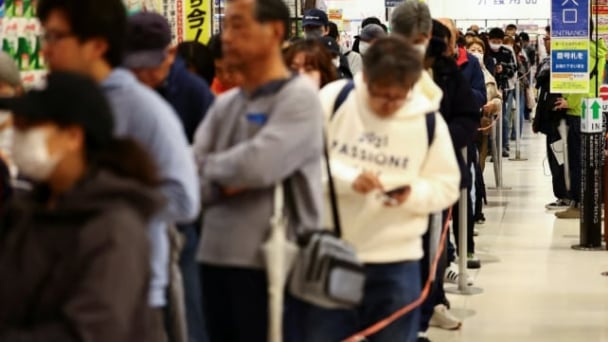
(VAN) Stores have started selling rice from the government’s stockpile to feed demand for the staple.
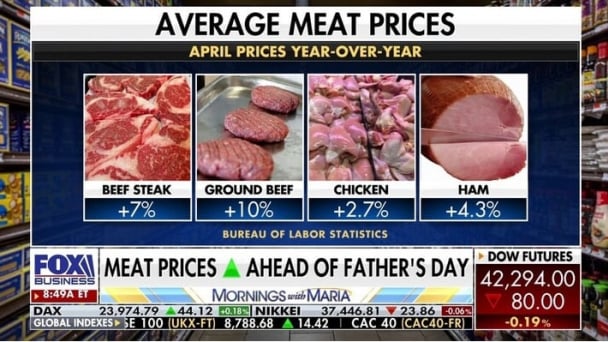
(VAN) Omaha Steaks CEO says rebuilding cattle herds will take about a year to ease price pressures.